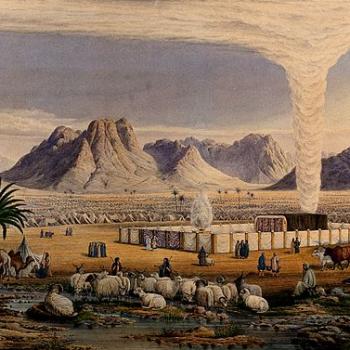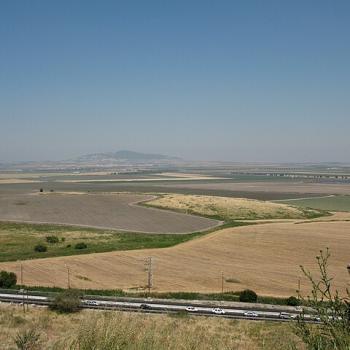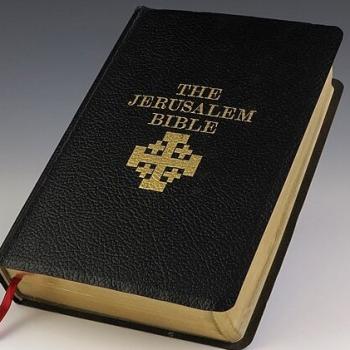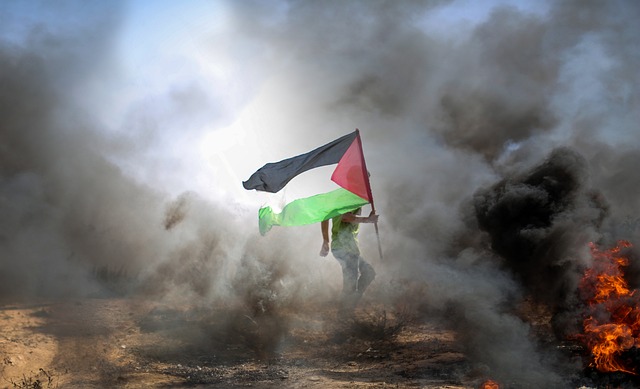
The Basics
A narrow strip of land, the Gaza Strip lies between Israel and Egypt along the eastern coast of the Mediterranean Sea. It shares a 32-mile border with Israel which lies to its east and north, and a 7-mile border with Egypt which lies to its southwest.
Roughly the size of Washington, D.C., the Gaza Strip has a total area of 141 square miles. It is 25 miles long and ranges from 3.7 to 7.5 miles wide. With a population of over 2 million and such a small size, Gaza has one of the world’s highest population densities.
Refugees or descendants of refugees make up a huge portion of Gaza’s population, with half of them under the age of 18. Arabic serves as the official language, with 99.8% of those in Gaza being Sunni Muslim. Arab Christians account for the remaining 0.2%.
The Gaza Strip is divided into five governorates—North Gaza, Gaza, Deir al-Balah, Khan Yunis, and Rafah—with Gaza City serving as the capital of the entire area. Rafah, one of Gaza’s largest cities, sits near the border with Egypt.
The Current Trouble
Even prior to the Israel-Hamas war, high levels of unemployment and impoverishment plagued Gaza’s economy. In fact, Gaza’s unemployment rate was one of the highest in the world with more than 75% of the population dependent on humanitarian aid.
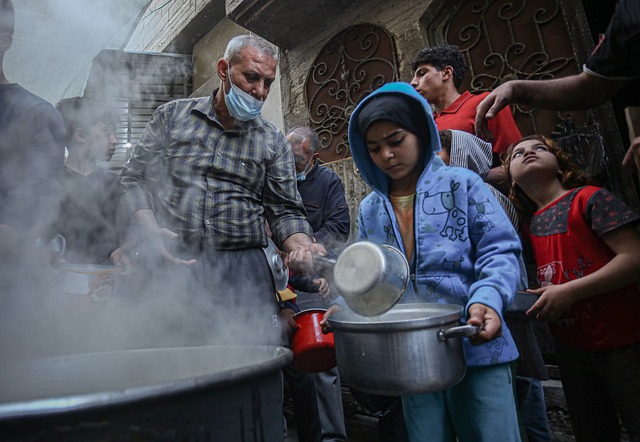
The situation in Gaza today goes far beyond the label of “trouble.” The destructive and deadly war rages on with no end in sight after more than seven months. According to the health ministry in Gaza, the death toll from the conflict tops 35,000. A large majority of the population has been displaced, but few residents have been able to leave Gaza. Many have fled the ongoing Israeli bombardment by heading to Rafah but face displacement again with an Israeli ground offensive. With food scarce, the UN warns of looming famine.
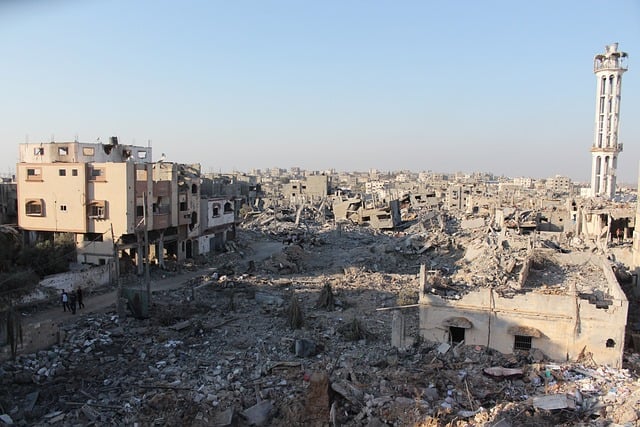
Created From Trouble
For Gaza, trouble is nothing new. The Gaza Strip arose out of conflict, being created following the first Arab-Israeli war in 1948. Located in the southwestern part of the former British Mandate of Palestine, the area has seen control over it change hands over the years.
Along with the larger West Bank, Gaza is one of the two Palestinian territories. The lack of universal recognition of a Palestinian state fuels dissatisfaction and unrest in Gaza, with resulting extensive political turmoil.
Gaza In The Biblical Past
The city of Gaza, meaning “strong” is one of history’s oldest cities. The Bible first mentions it in Genesis 10:15-19 as a border city in Canaan. When the Israelites fled from Egypt under Moses, Gaza was part the Promised Land.
The Bible associates Gaza with the Philistines. Indeed, Gaza was one of their five chief cities. God gave Gaza to the tribe of Judah, but the Israelites’ failure to heed God’s instructions led to trouble. They did not drive out these Canaanite occupants as directed, so Gaza and its Philistine inhabitants became a long-standing thorn in the Israelites’ sides.
A familiar biblical character, Samson, encountered nothing but trouble in Gaza. First, the Israelite spent the night with a prostitute in that Philistine city. Learning of his presence, the townspeople plotted to kill him and lay in wait. Samson then escaped only due to his God-given great strength which allowed him to tear out the doors of the city gate and the posts holding them. His subsequent relationship with Delilah led to his undoing. The Philistines captured him, gouged his eyes out, and took him to Gaza where he died pulling down the pillars of a pagan temple.
Trouble Prophesied
In the Old Testament, the city of Gaza was connected with judgment. Because of the terrible sins committed by the Philistines, four of God’s prophets, Jeremiah, Amos, Zephaniah, and Zechariah, prophesied coming judgment on Gaza. And that judgment would not be pleasant. Zechariah, for example, spoke in terms of Gaza writhing in agony and losing its king. Indeed, the Assyrians as well as Alexander the Great both conquered and destroyed Gaza.
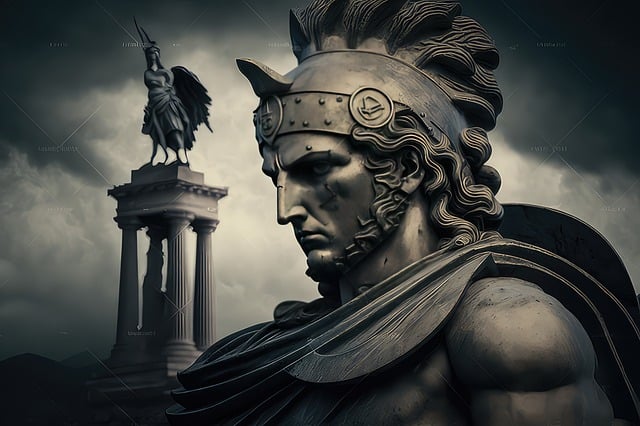
Trouble Summarized
Trouble filled the city of Gaza’s past. The Israelites appeared from the wilderness and claimed their Promised Land which encompassed Gaza. Sin abounded in the city leading to prophesies of gloom and doom later fulfilled by the victories of invading armies. The Gaza Strip, as the area surrounding Gaza is now known, arose out of conflict, an Arab-Israeli war with subsequent unrest due to a lack of international recognition of a Palestinian state. And the trouble has soared with the onset of the Israel-Hamas war bringing a staggering death toll and wreaking destruction. And now, a famine looms. The best way to describe the situation? Gaza past and present – trouble, trouble, trouble.










